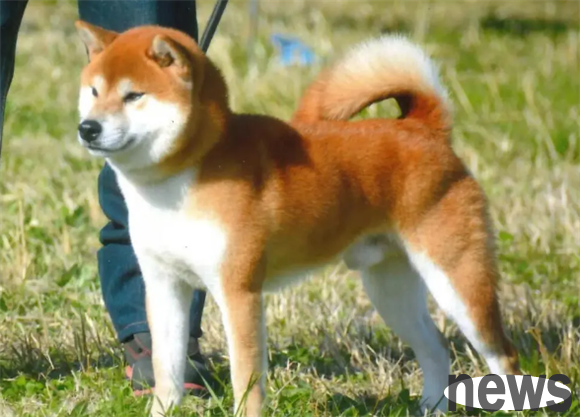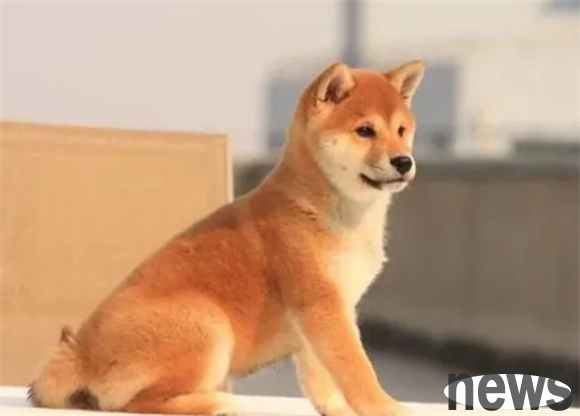As we all know, dogs are the result of long-term domestication of wolves by humans. The two share the ownership of the canine family, and they also have many similarities in terms of morphology and habits. To this day, dog breeds have grown to hundr...
As we all know, dogs are the result of long-term domestication of wolves by humans. The two share the ownership of the canine family, and they also have many similarities in terms of morphology and habits. To this day, dog breeds have grown to hundreds of species, but talking about which dog's genes are closest to wolves may arouse many people's curiosity and speculation.
Some people may immediately think of Husky, because its appearance is very similar to that of a wolf, which is often difficult to distinguish between authenticity; some people may nominate the Czech wolfdog, and the word "wolfdog" in its name alone is enough to make people imagine their deep connection with the wolf. However, none of these guesses are correct. In fact, the answer is somewhat unexpected - Shiba Inu, which has a warm smile, is the dog breed that is closest to a wolf on the genetic level. This discovery undoubtedly reveals another interesting chapter in the mysteries of biodiversity and genetics in nature.

Shiba Inu is closest to wolf
Research found that according to a study in National Geographic, scientists conducted genetic analysis of 85 breeds of dogs and found that Shiba Inu is closest to wolf's genetic genes.
In the WOLFLIKE ranking, Shiba Inu is ranked first, followed by Chow Chow, Akita, and Alaskan Malamute; while the Nihaha, who is recognized as the most wolf, is ranked 7th.
Shiba Inu features
Shiba Inu has triangular standing ears and curly tails, and is petite, which is almost indistinguishable from dogs unearthed from ruins thousands of years ago. This is attributed to Japan's isolated island environment and the fact that few people have intervened in the reproduction of Shiba Inu for a long time, Shiba Inu's genes are relatively stable and many original characteristics have been retained.

Shiba Inu habits analysis
1. Shiba Inu history
Shiba Inu has a long history and is one of the few small dogs among the local Japanese dog breeds. Chai represents the meaning of "small" in ancient Japanese language. Since ancient times, the Japanese have called smaller dogs Shiba Inu, and over time, this statement has been passed down.
2. Shiba Inu's body
Although Shiba Inu looks cute, it is actually a hunting dog. In ancient times, it mainly caught small and fast animals such as hares and wild ducks. Shiba Inu is free to shuttle through the low firewood with her petite figure, so some people think that Shiba Inu's name comes from this. To this day, Shiba Inu is still the most popular companion dog among Japanese people. In 1936, Japan even designated Shiba Inu as a national treasure dog.
3. Shiba Inu's character
Shiba Inu is reliable, loyal, brave and decisive, independent in thought, and very alert, and inherits the most primitive wildness and advantages of the wolf clan. But therefore, Shiba Inu has low obedience, does his own way and is difficult to train, which is still very challenging for new dog owners.
4. The best training period for Shiba Inu to tame
Shiba Inu is within six months after birth, that is, when their personalities are not yet mature. Since wolves are sociable animals and have strict hierarchy, Shiba Inu has a certain inheritance in this regard. Therefore, the main goal of training Shiba Inu is to build the prestige of its master. In the process of taming the Shiba Inu, novices can try more training subjects such as food refusal training and accompanying. If you do it correctly, you should give rewards in a timely manner and correct bad behaviors such as hand biting and food protection in a timely manner.
This time everyone knows that the dog with the closest genetic similarity to that of the wolf is Shiba Inu. Shiba Inu has a stubborn personality, alertness and independence, and her obedience to her master is generally not high. Perhaps it is because she still has wolf nature in her genes.